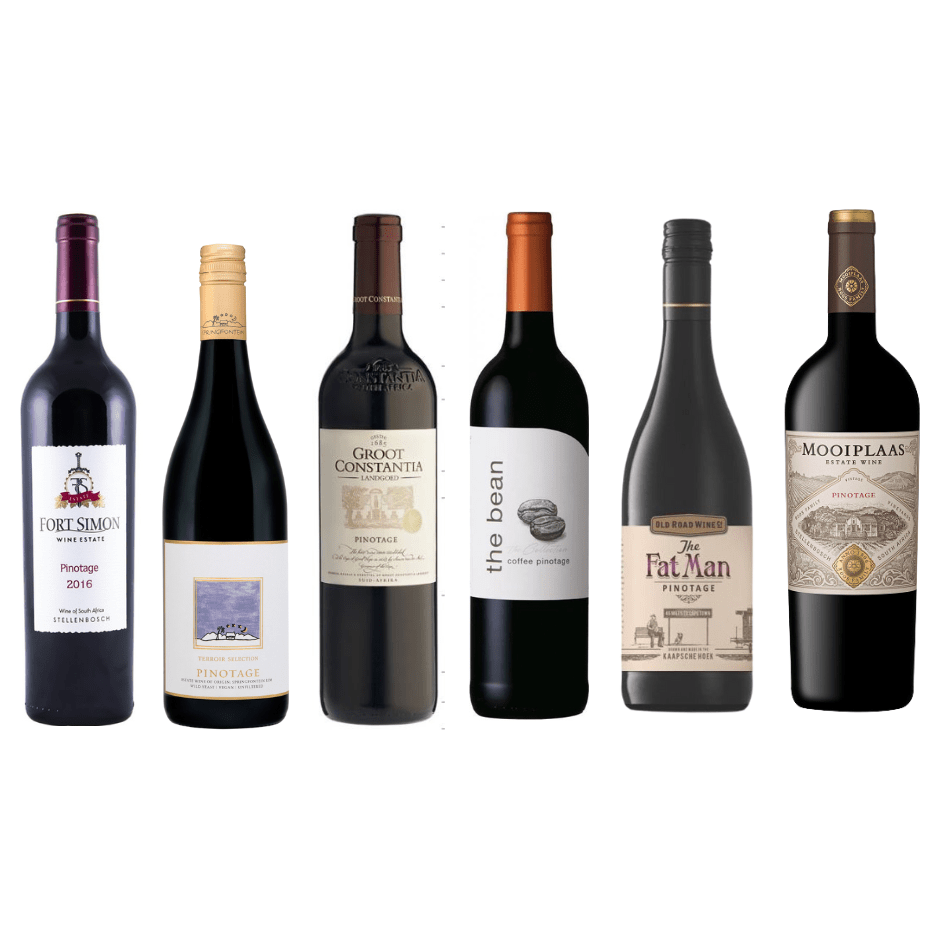
A History of Pinotage
Share
A History of Pinotage
Pinotage is one of the few truly unique contributions to the world of wine, a grape variety born and developed in South Africa. Its origins trace back to 1925, when Professor Abraham Izak Perold, the first Professor of Viticulture at Stellenbosch University, set out to combine the best qualities of two very different grapes. He crossed the noble but temperamental Pinot Noir, known for its elegance and finesse, with the hardy and high-yielding Cinsaut (then called Hermitage in South Africa). From this experiment came four seedlings, which would later become the foundation of Pinotage.
For a time, Perold’s experiment was almost lost. He left Stellenbosch for another post and the original vines were abandoned in his garden. They were eventually rescued by colleagues and replanted, ensuring that the new hybrid survived. In recognition of its parentage, the name “Pinotage” was coined — blending Pinot from Pinot Noir and tage from Hermitage.
It wasn’t until the 1940s that Pinotage began to draw serious attention. Winemakers noticed that it ripened early, thrived in South Africa’s warm climate, and produced wines with deep color and bold flavor. In 1959, a Pinotage from Bellevue Estate in Stellenbosch won the General Smuts Trophy at the Cape Wine Show, cementing its reputation as a grape with potential. During the 1960s and 1970s, plantings expanded rapidly, and Pinotage became closely associated with South Africa’s identity as a wine-producing nation.
However, the road was not without challenges. In its early decades, many wines made from Pinotage were criticized internationally for rustic flavors, including notes of acetone and burnt rubber, often the result of poor winemaking techniques or overcropping. These criticisms haunted the grape’s reputation, and some foreign critics dismissed Pinotage outright.
Despite this, dedicated winemakers persisted. From the 1990s onward — as South Africa re-entered global markets after the end of Apartheid — a new generation of producers began crafting Pinotage with greater care, using lower yields, better oak management, and more refined techniques. The results were impressive: Pinotage proved capable of producing wines ranging from fruit-driven, accessible reds, to serious, age-worthy bottlings with complexity and elegance. It also showed remarkable versatility, lending itself to rosé, sparkling wines, and even Port-style fortified wines.
Today, Pinotage stands as a proud symbol of South African innovation. While it remains somewhat polarizing among critics, its best examples are now widely respected for their balance, bold flavors, and individuality. Regions such as Stellenbosch, Paarl, Swartland, and Durbanville are especially known for top-quality Pinotage, while the Pinotage Association, founded in 1995, works to promote research, education, and international recognition of the variety.
From its humble beginnings as a professor’s experiment to its role as a flagship grape, Pinotage tells the story of South Africa itself: resilient, distinctive, and unafraid to stand apart.

